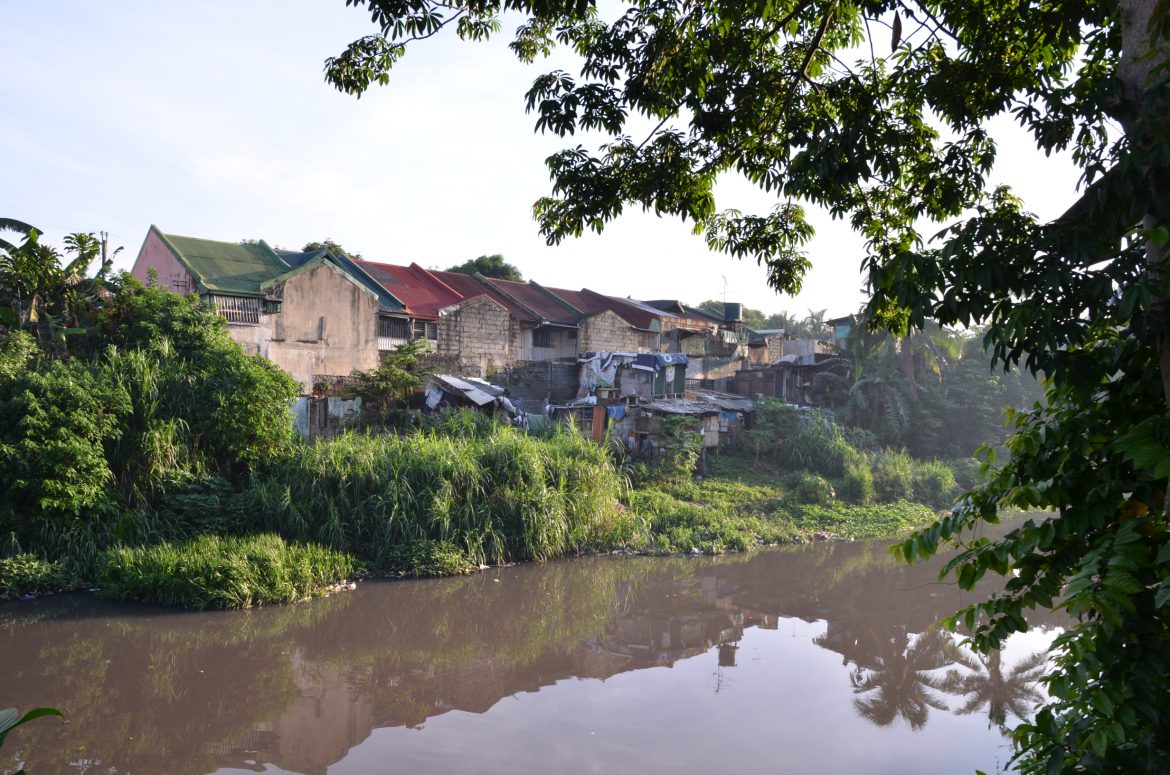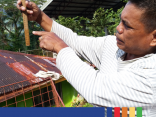(This report was first published online by InterAksyon.com on 10 June 2014. Original version is available in this link.)
By InterAksyon.com
An evacuation drill held over the weekend in Malabon City’s flood-prone Barangay Potrero, on the banks of the Tullahan River, earned high marks from disaster response officials.
(This report was first published online by InterAksyon.com on 10 June 2014. Original version is available in this link.)
By InterAksyon.com
MANILA, Philippines — An evacuation drill held over the weekend in Malabon City’s flood-prone Barangay Potrero, on the banks of the Tullahan River, earned high marks from disaster response officials.
The drill, conducted in partnership with the Assistance and Cooperation for Community Resilience and Development (ACCORD) and CARE Nederland through the Partners for Resilience: Climate-proof Disaster Risk Reduction Programme (PfR Programme), involved more than 2,500 persons from the five areas of the barangay (East Riverside, Magsaysay, White Lily, Sunflower, and Yellow Bell) adjacent to the Tullahan River and most vulnerable to flooding, according to barangay captain Sheryl Nolasco.
It was based on the contingency plan developed by community members and barangay officials during workshops conducted by ACCORD, a statement from the organizers said.
Residents went through the paces from Level 1, the Warning or “Ready” stage, up to Level 4, or the “Decampment” stage, when they were cleared to return home.
The other stages are Level 2, or the “Get Set” phase, with 15 millimeter-per hour rainfall expected and the La Mesa Dam reaching critical levels; and Level 3, or the “Go” stage, when residents need to evacuate and gather at designated assembly points before moving to their assigned evacuation sites.
Susana Cruz, director of the Office of Civil Defense-National Capital Region, thanked Barangay Potrero and ACCORD for the activity, saying it should be done regularly by every barangay. She also observed the need for more people to monitor water levels as part of the barangay’s early warning system.
Cesar Malate of the Department of Education in Malabon City called the drill “well prepared” and said the use of family cards made registration and room assignments more efficient and orderly.
Rosalie Pagulayan, PAGASA Weather Specialist II, praised the attention to detail displayed by Nolasco and the BDRRMC, noting that even if sirens were not able to reach all participating areas, sitio leaders went house-to-house to warn their constituents of impending danger.
Malabon CDRRMC Officer Roderick Tongol also commended the drill.
Nolasco said they are preparing another drill that would involve “involve all the barangay’s sitios and around 1500 families or more than 7,000 persons.”
Acknowledging that they were not prepared when storm “Ondoy” struck in September 2009, flooding vast swathes of Metro Manila and adjacent provinces and killings hundreds of people, Nolasco said the drill was the culmination of improvements they had worked on over the past five years with the help of ACCORD.
However, she cautioned against overconfidence, saying: “We have to continue studying and improving. Disaster preparedness is always a work in progress.”
(Photo credit to Jigs Tenorio/ACCORD)





